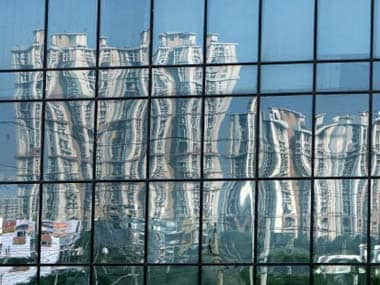By Anil Pharande
Interest in a property is tied to expectation of capital appreciation from it. This is true not only for investors but for genuine buyers too. Appreciation,a key concept, is nothing but enhancement of a property’s market value over the time. Here are a few factors that influence appreciation of real estate in India.
Demand and Supply: When demand for homes in a certain area increases, prices here rise in tandem too especially sufficient number of residential projects are not available. Self-use buyers will not hesitate to pay more for a property if they find living in the location desirable. This will in turn attract investors, who would buy properties there to sell them at a profit when supply slows down later.
[caption id=“attachment_1117077” align=“alignleft” width=“380”]
 AFP[/caption]
AFP[/caption]
This causes the property prices in that location to rise even further. For self-use buyers, the best time to buy is before investor activity starts in earnest in locations with high appreciation potential.
Inflation: Inflation is the result of an excessive amount of money in circulation, and this over-abundance of money causes its value to fall. When this happens, prices rise. The effect will be felt on land, construction materials, labour and even legal building permits.
However, inflation alone cannot push the property prices in an area if it has poor accessibility, lacks infrastructure or if there is an oversupply of projects.
Home loan rates: The behaviour of home loan interest rates also has a direct bearing on property appreciation. When home loan interest rates increase, the demand for property slows because fewer buyers can afford to shell out the extra money. On the other hand, a decrease in home loan interest rates increases affordability and boosts demand for properties.
Real estate market drivers: Market drivers can be defined as developments in an area that increase the value of living there. These include: the establishment of a new workplace hub (such as an office complex),shopping mall and/or entertainment complex; zoning regulations that do not permit excessive construction projects, thereby increasing the overall ambience via more open spaces, greenery, etc;transportation facilities that make the location more accessible via road, air or rail; infrastructure projects that increase the quality of living in the area (such as dedicated water and electricity supply, public gardens, etc.); andproximity to schools, colleges and healthcare facilities that reduce travelling time to essential services.
Population growth: Similarly, population growth naturally increases the demand for residential properties there, and this translates directly into appreciation in real estate rates.
The author isvice-president, CREDAI (Pune Metro) and Chairman of Pharande Spaces, a construction company
)